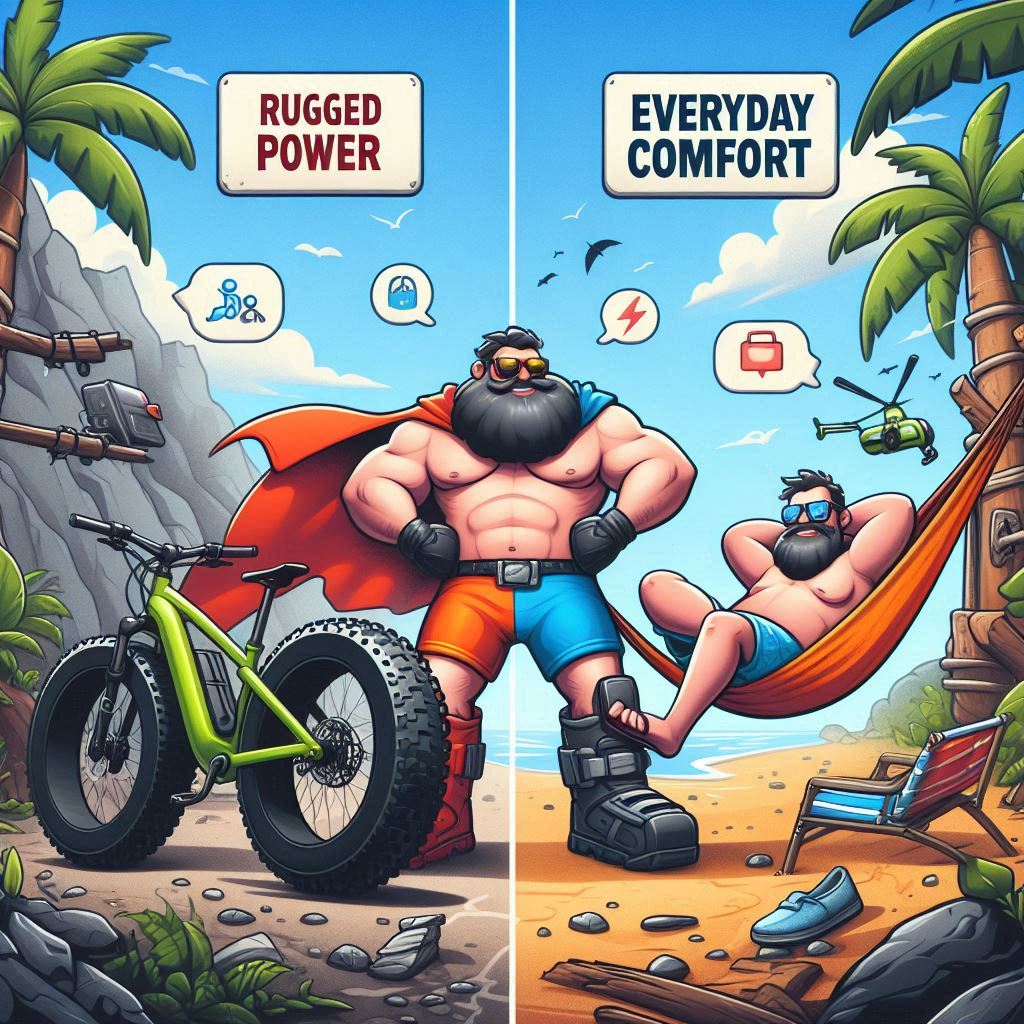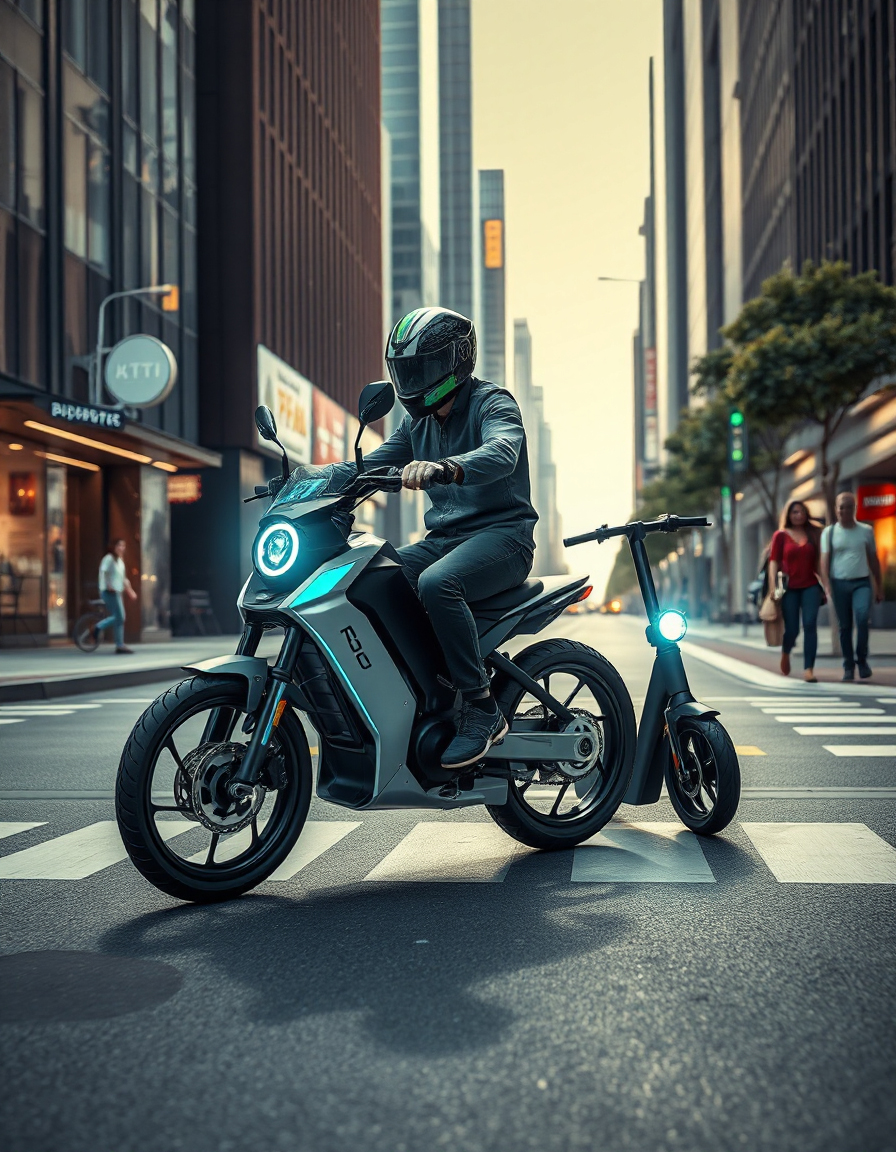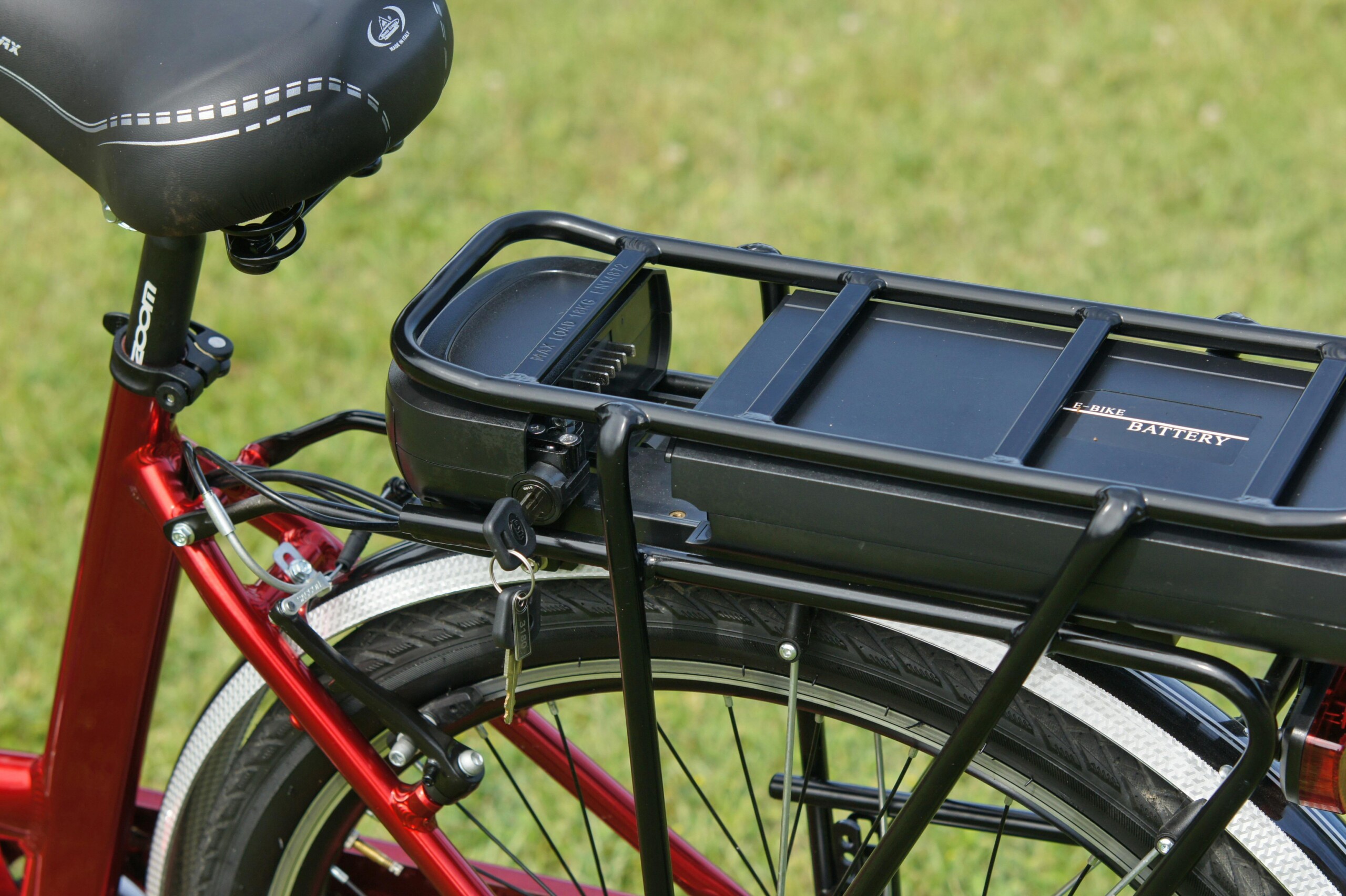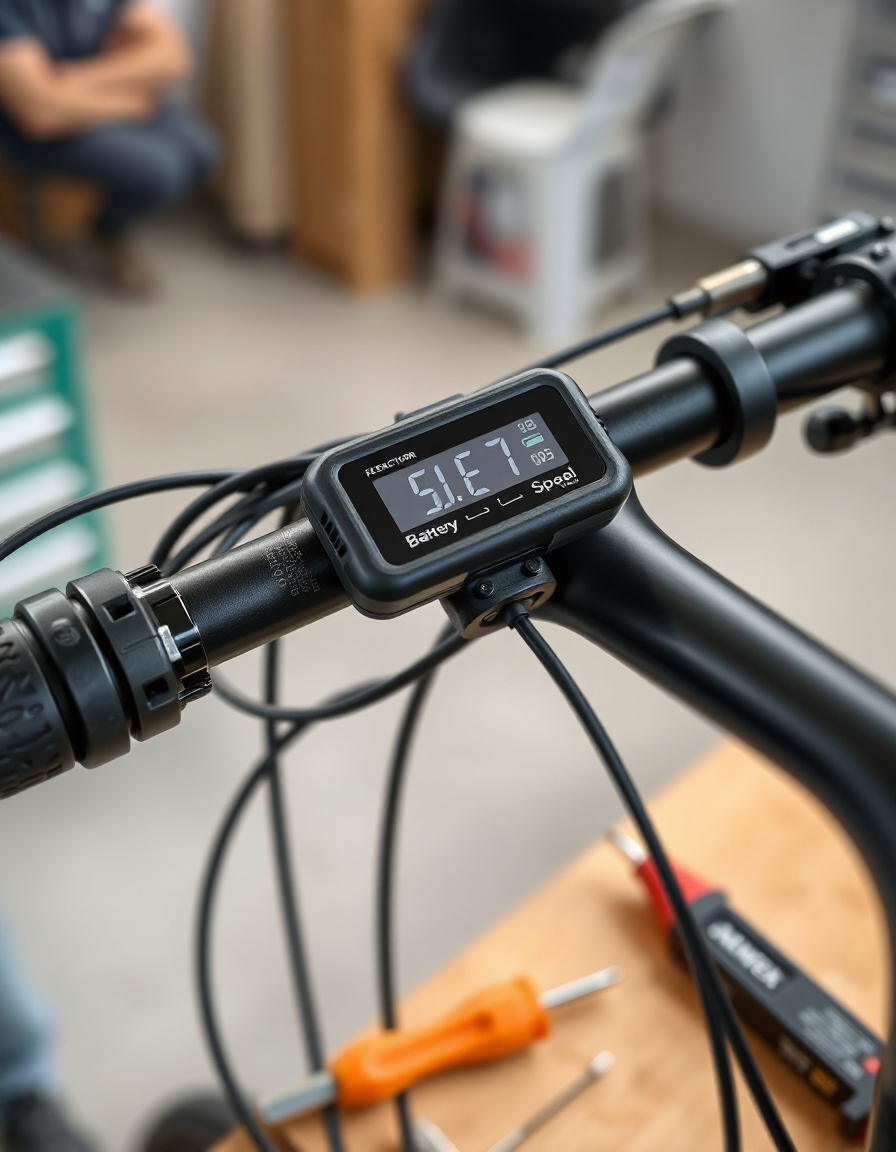E-Bike Insurance in the U.S.: Shocking Gaps and What Riders Must Know

E-Bike Insurance in the U.S.
As electric bikes continue to grow in popularity across the United States, the question of insurance coverage is becoming increasingly important. E-Bike Insurance in the U.S. is not always straightforward, as policies and requirements differ widely. Unlike cars or motorcycles, e-bikes fall into a regulatory gray area that combines aspects of bicycles and motorized vehicles. This often leaves riders uncertain about whether their existing homeowner’s or renter’s insurance covers potential accidents, theft, or liability.
The type of e-bike you ride—whether it’s a Class 1, Class 2, or Class 3 model—can significantly affect coverage options. Some insurers classify higher-speed or throttle-equipped e-bikes as motor vehicles, meaning traditional bike coverage may not apply. Additionally, state laws vary: while certain states have specific provisions for E-Bike Insurance in the U.S., others leave it up to the insurance providers to set their own rules.
Understanding these distinctions is essential for protecting both your investment and your safety. Specialized e-bike insurance policies are now emerging, offering coverage for theft, personal liability, medical payments, and even roadside assistance. By learning how E-Bike Insurance in the U.S. works in your state and comparing different providers, you can avoid unexpected costs and ride with greater peace of mind.
Read More!
🚴♂️ Why Insurance for E-Bikes Matters
E-bikes are no longer just a niche trend—they are transforming urban mobility across the country. With the ability to reach speeds of 20–28 mph, many models ride the line between traditional bicycles and mopeds, creating unique safety and liability challenges. As a result, the discussion around E-Bike Insurance in the U.S. has become increasingly important for riders of all ages and purposes.
According to the Consumer Product Safety Commission, e-bike injuries have risen steadily over the past decade, with thousands of reported cases annually. A single accident can lead to hospital bills, costly bike repairs, or even liability lawsuits if another party is involved. For delivery riders and daily commuters who depend on their e-bikes, these risks are magnified. This is where E-Bike Insurance in the U.S. plays a critical role: it provides financial protection against medical expenses, theft, property damage, and third-party claims.
Beyond finances, having insurance delivers peace of mind. Recreational cyclists can enjoy their rides knowing that accidents won’t lead to overwhelming costs, while urban riders benefit from coverage tailored to high-traffic environments. With more insurance providers now offering dedicated e-bike policies, understanding why E-Bike Insurance in the U.S. matters is the first step toward safer and more responsible riding.
🔍 Types of Insurance to Consider
Choosing the right protection is one of the most important steps riders can take when navigating the complex landscape of
E-Bike Insurance in the U.S.. Because e-bikes fall somewhere between bicycles and motor vehicles,
coverage can be fragmented across multiple policy types. Understanding the strengths and limitations of each option
helps ensure that you are not left exposed to unexpected expenses after an accident, theft, or liability claim.
- Homeowners/Renters Insurance: These policies may provide partial coverage for e-bike theft if the bike
is stolen from your home or property. However, in most cases they exclude liability or accidents that occur while riding
in public. This means riders relying solely on homeowners coverage may have large gaps in protection when it comes to
E-Bike Insurance in the U.S.
(Insurance Information Institute). - Auto Insurance: Traditional auto policies rarely apply to e-bikes since they are not legally classified
as motor vehicles in most states. Still, some major insurers have begun introducing optional add-ons or pilot programs
specifically addressing E-Bike Insurance in the U.S.. These options remain limited but may expand as
adoption of e-bikes continues to grow
(Progressive Insurance). - Specialized E-Bike Insurance: For comprehensive coverage, dedicated e-bike policies are often the best
choice. They can include protection for theft, accidental damage, personal liability, and even roadside assistance for
stranded riders. As the market matures, specialized providers are becoming the cornerstone of reliable
E-Bike Insurance in the U.S.
(Velosurance). - Health Insurance: While health plans may cover medical treatment after an accident, they won’t cover
bike repairs or third-party damages. Pairing health coverage with a dedicated e-bike policy ensures a more complete
approach to E-Bike Insurance in the U.S.
(HealthCare.gov).
For most riders, the best solution is a layered approach—using existing homeowners or health insurance for basic
protections while adding specialized coverage to fill in the gaps. As e-bikes become more central to commuting and
recreation, policies designed specifically for E-Bike Insurance in the U.S. are expected to evolve,
offering riders more tailored and affordable options.
📜 State Laws and Insurance Requirements
Navigating E-Bike Insurance in the U.S. requires understanding the patchwork of state laws that govern e-bike usage. Unlike cars or motorcycles, e-bikes are regulated differently in each state, creating varying requirements for licensing, helmet use, and insurance coverage. Most states follow a three-class system
(PeopleForBikes State E-Bike Laws):
- Class 1: Pedal-assist only, up to 20 mph – generally considered low-risk and rarely requires insurance. Riders of Class 1 e-bikes typically enjoy the same freedoms as traditional cyclists.
- Class 2: Throttle-assisted, up to 20 mph – some states may require liability coverage, especially if the bike is used on roads shared with motor vehicles. Understanding how E-Bike Insurance in the U.S. applies to Class 2 bikes can prevent gaps in protection.
- Class 3: Pedal-assist up to 28 mph – these high-speed e-bikes are often treated more like motorized vehicles. They may be subject to helmet laws, age restrictions, and in certain states, mandatory liability insurance. Riders should check their state DMV regulations before riding.
Examples include New York DMV, which requires specific liability coverage for certain e-bikes, and California DMV, which strongly recommends insurance for Class 3 models.
Because regulations differ so widely, E-Bike Insurance in the U.S. is not a one-size-fits-all solution. Riders who frequently travel between states should be particularly mindful, as a policy valid in one state may not fully cover risks in another. By familiarizing yourself with local laws and seeking specialized e-bike insurance, you can ensure comprehensive protection while enjoying the growing benefits of e-bike commuting and recreation.
📊 Comparison Table
Understanding the differences between various policies is crucial when navigating E-Bike Insurance in the U.S.. Not all insurance types provide the same level of protection, and knowing what each covers can save riders from unexpected costs after accidents, theft, or liability claims.
| Policy Type | Covers Theft | Covers Injuries | Covers Liability |
|---|---|---|---|
| Homeowners/Renters | ✅ | ❌ | ❌ |
| Specialized E-Bike Insurance | ✅ | ✅ | ✅ |
| Health Insurance | ❌ | ✅ | ❌ |
Homeowners or renters insurance can provide basic protection against theft, especially if your e-bike is stolen from your home. However, they typically don’t cover accidents on public roads or third-party liability. Relying solely on these policies for E-Bike Insurance in the U.S. could leave significant gaps.
Specialized e-bike insurance is designed specifically for e-bike owners and provides comprehensive coverage, including theft, accidental damage, liability, and often roadside assistance. This makes it the most complete solution for riders who commute daily or have high-value e-bikes. Such policies are central to modern E-Bike Insurance in the U.S. offerings.
Health insurance can cover medical expenses resulting from an accident, but it won’t pay for repairs or replacements of the bike itself, nor will it cover liability for damages to others. Pairing health insurance with a specialized e-bike policy is often the best strategy to achieve full protection.
Ultimately, understanding what each policy type covers allows riders to make informed decisions about their coverage needs. Combining policies strategically can provide a complete safety net while navigating the growing landscape of E-Bike Insurance in the U.S..
🛡️ Do You Really Need E-Bike Insurance?
For anyone who rides an e-bike regularly, especially in congested urban areas or parks it in public spaces, obtaining E-Bike Insurance in the U.S. is more than just a precaution—it’s a practical necessity. Daily commuting exposes riders to higher risks of accidents, theft, and liability claims, which can lead to costly medical bills, repair expenses, or even legal actions.
Specialized e-bike insurance policies typically range from $100 to $300 per year, depending on the coverage level, geographic location, and riding habits. While this might seem like an extra expense, it’s a small fraction of the cost of a high-quality e-bike, which can range from $1,500 to $5,000. When you factor in the potential financial losses from theft, accidental damage, or liability claims, having dedicated E-Bike Insurance in the U.S. becomes a highly cost-effective way to protect your investment.
Moreover, some policies offer additional benefits beyond basic coverage, such as roadside assistance, coverage for accessories, and protection while traveling or commuting across state lines. For riders who rely on their e-bikes for work, delivery, or daily transport, these features can make a significant difference. By securing comprehensive E-Bike Insurance in the U.S., you gain not only financial security but also peace of mind, allowing you to enjoy your rides without constant worry about unexpected incidents.
In summary, while e-bike insurance may seem optional, for urban commuters, high-value e-bike owners, and anyone riding frequently, it is an essential safety net. Properly selected E-Bike Insurance in the U.S. ensures that you are protected against theft, accidents, and liability claims, making it a smart and responsible choice for modern riders.
Suggested Topics on E-Bike Incentives:
E-Bikes and Batteries Recycling
AI and Smart Sensors
Smart Urban Riding Etiquette
E-Bike Storage Solutions
Puncture-Resistant E-Bike Tires
🎥 Watch: Learn why E-Bike Insurance in the U.S. is essential, covering theft, damage, liability, and peace of mind for riders of all types.
📌 Tips for Finding the Right Coverage
Selecting the right E-Bike Insurance in the U.S. can feel overwhelming given the variety of providers and policy options available. To ensure you choose coverage that truly meets your needs, it’s important to consider several key factors.
- Compare specialized providers: Look at companies such as
Velosurance,
Markel, and
Spoke Insurance. These insurers offer policies specifically designed for e-bikes, covering theft, accidental damage, liability, and sometimes roadside assistance. - Bundle for discounts: Ask your insurer if they provide discounts for bundling E-Bike Insurance in the U.S. with your homeowners or renters insurance. This can reduce your premium while ensuring comprehensive protection.
- Understand exclusions: Carefully review the policy fine print. Some policies may exclude racing, commercial delivery use, off-road riding, or international travel. Knowing these exclusions prevents surprises when filing a claim.
- Additional coverage options: Check if the policy includes benefits like roadside assistance, coverage for accessories, or protection while traveling across state lines. These extras can enhance the overall value of your E-Bike Insurance in the U.S..
- Request sample contracts: Don’t hesitate to ask insurers for sample contracts or policy documents. Reading them thoroughly helps you understand exactly what is covered and ensures that the policy matches your riding habits.
“You wouldn’t drive a car without insurance—so why ride an e-bike without protection? Comprehensive E-Bike Insurance in the U.S. safeguards your investment and your peace of mind.”
Stay Informed and Protected
Subscribe to our newsletter to receive the latest updates on E-Bike Insurance in the U.S., safety tips, legal changes, and new technology for urban commuting.
❓ Frequently Asked Questions (FAQ) about E-Bikes and Urban Commuting in 2025
Are e-bikes suitable for daily commuting?
How far can most e-bikes travel on a single charge?
Do I need a license to ride an e-bike in the U.S.?
How much does it cost to charge an e-bike?
Are e-bikes environmentally friendly?
What is the average lifespan of an e-bike battery?
Can I ride an e-bike in the rain?
Do e-bikes require insurance?
Can e-bikes be taken on public transportation?
How fast can e-bikes legally go?














